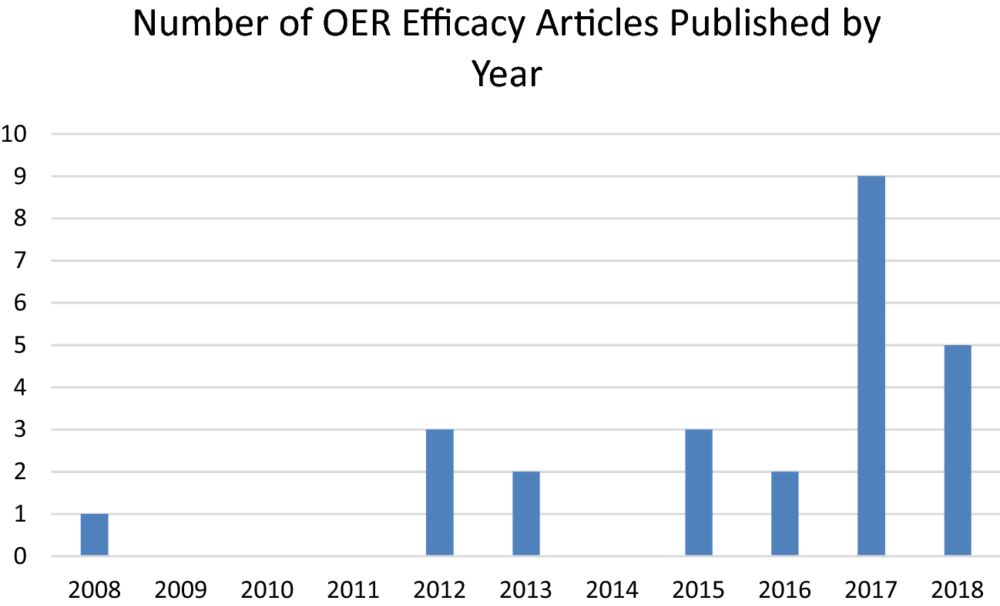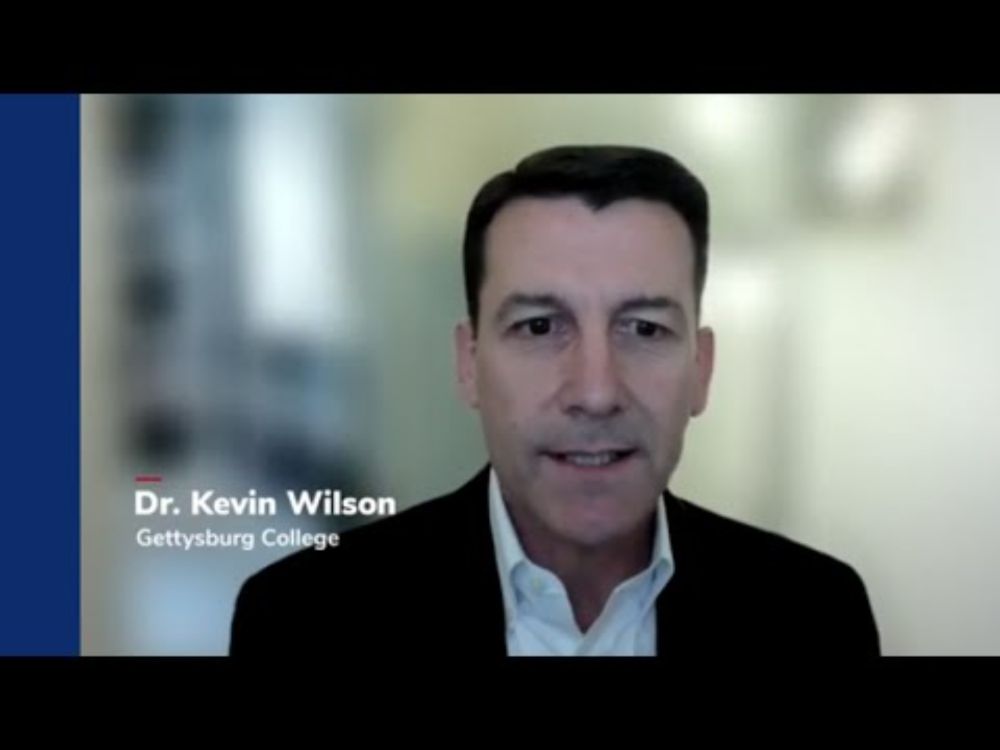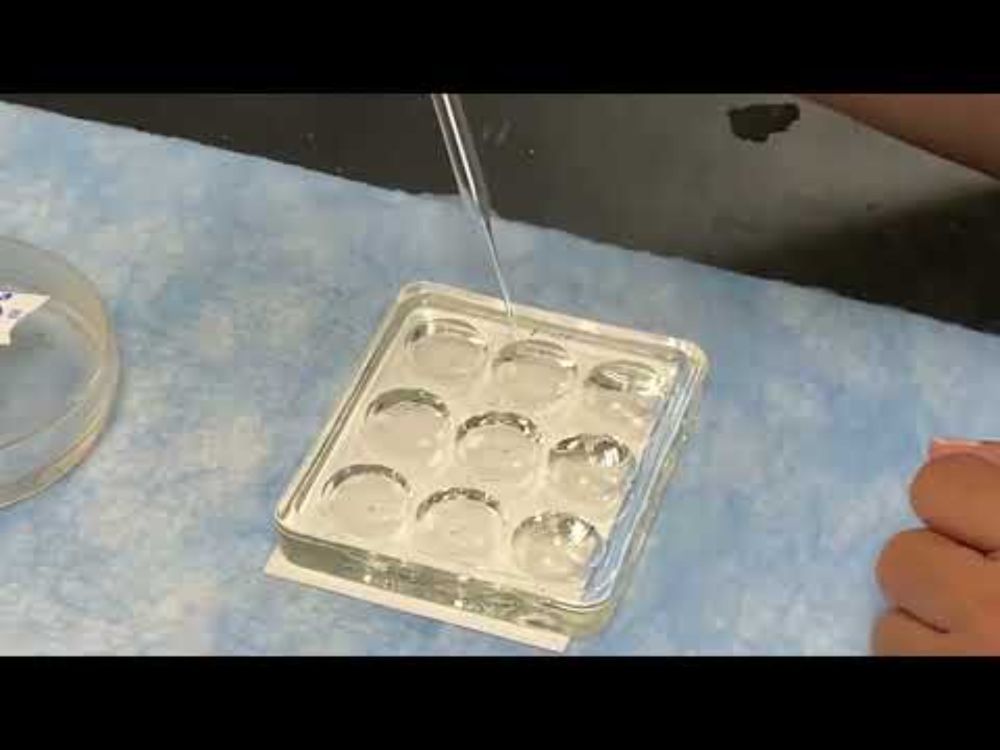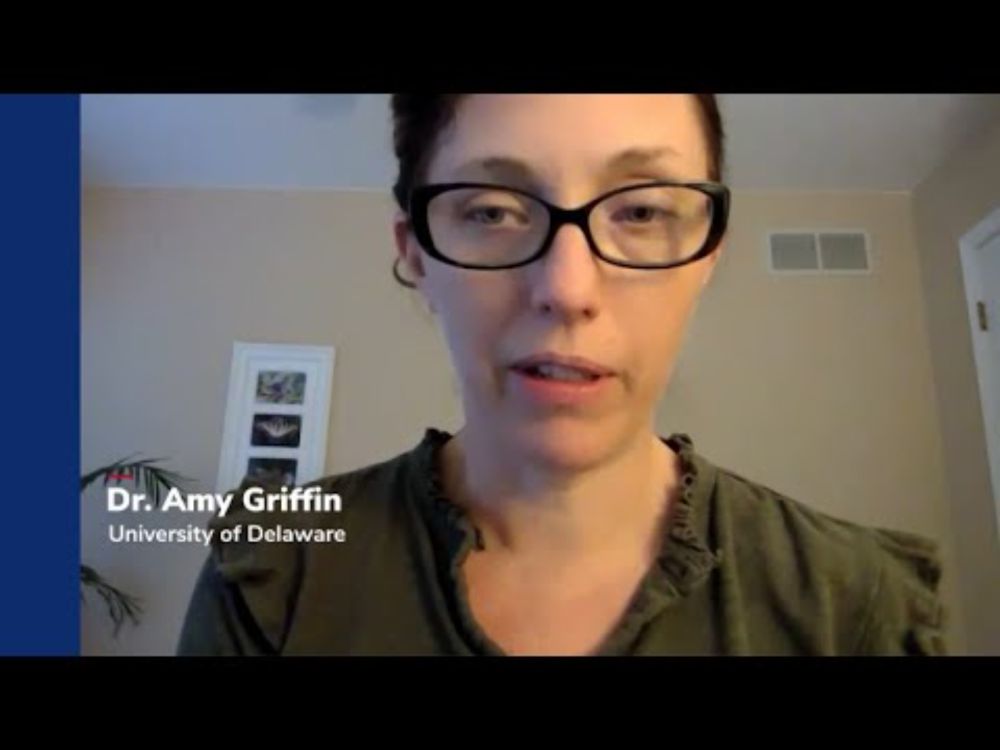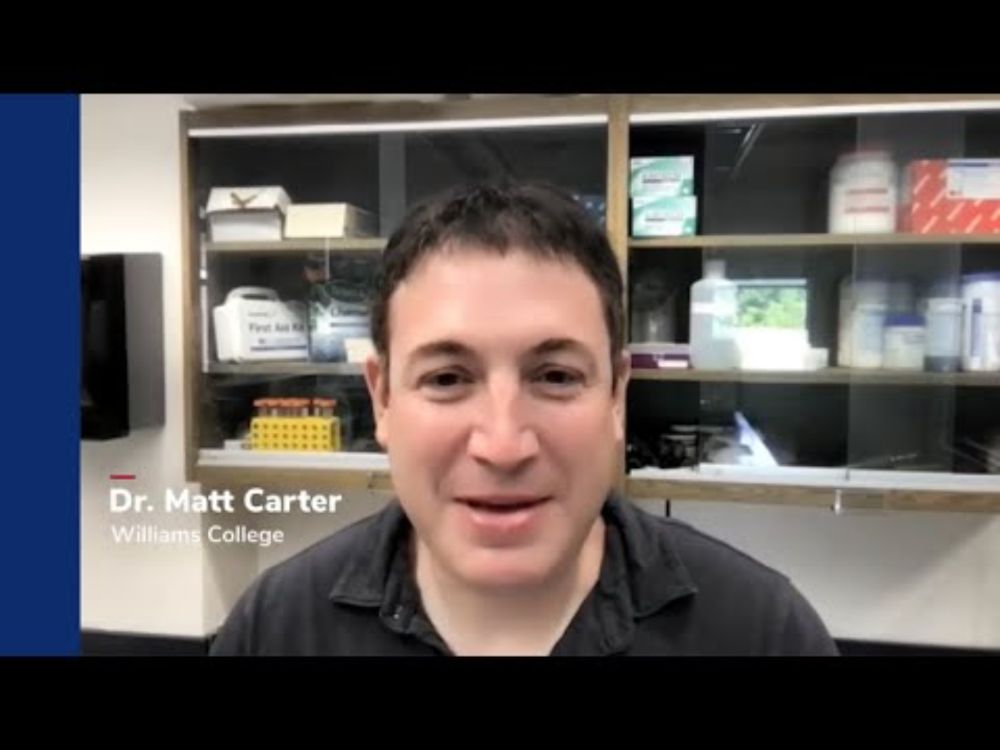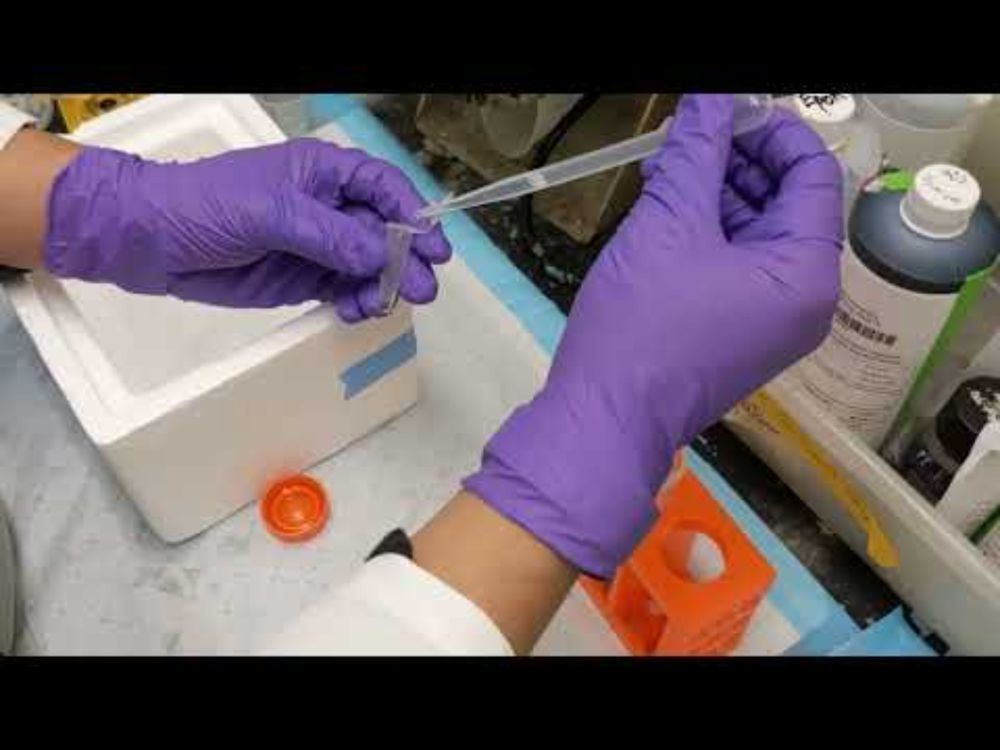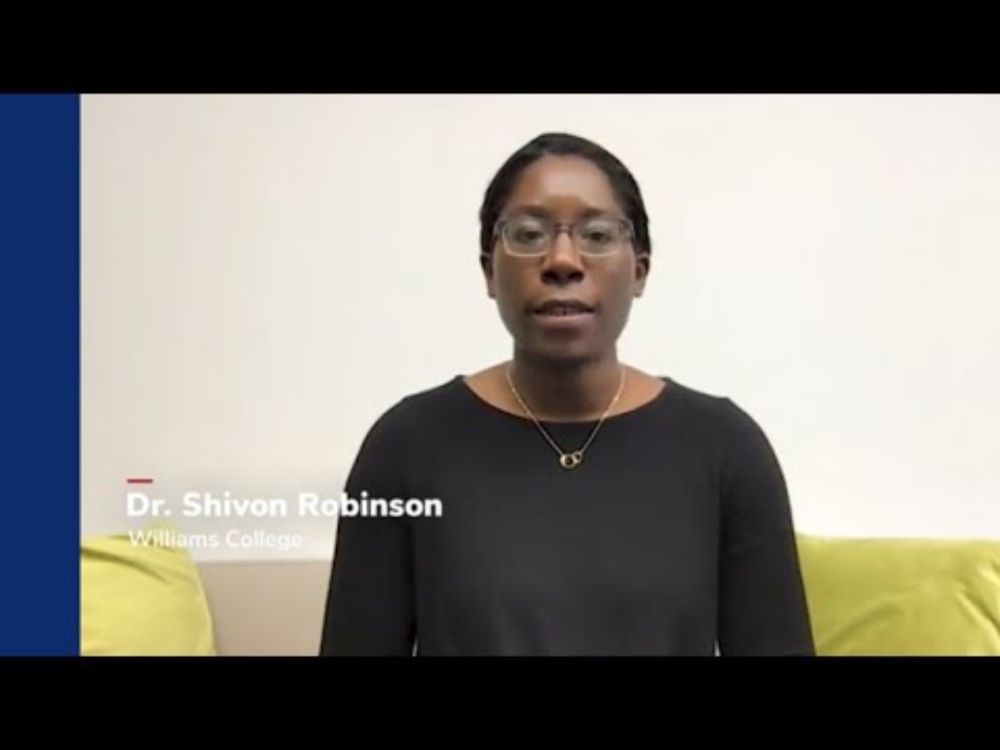Just a few more day to submit to the undergraduate Art in Neuroscience competition! Students, get your art work submitted. Winners are published on the Intro to BN textbook website!
30.10.2025 19:02 — 👍 1 🔁 0 💬 0 📌 0

Art in Neuroscience Competition Guidelines
Announcing the inaugural 2025 Art in Neuroscience competition for undergraduates! The editorial team for Introduction to Behavioral Neuroscience, an open-access textbook resource, is inviting submiss...
Attention, undergrad neuro enthusiasts! We are excited to announce our first annual Art in Neuroscience competition. We are seeking art submissions related to #neuroscience from current undergrads.
Winners are published on our textbook website!
Due Nov 1.
Guidelines here: tinyurl.com/AiNrules
19.09.2025 12:56 — 👍 3 🔁 1 💬 0 📌 2
Re-upping this post as a reminder for all those instructors starting to realize (read: panic) that Fall is almost here. Intro to BN has great (and free!) in class application problems you can add to your Neuro classes.
29.07.2025 15:16 — 👍 0 🔁 0 💬 0 📌 0

Average Cost of College Textbooks [2023]: Prices per Year
We examined all the factors involved with the average cost of college textbooks and materials to find out why they're so expensive.
Did you know:
25% of US college students worked extra hours to pay for textbooks; 11% skipped meals!
65% didn't get a textbook because of cost!
Instructors, you can stop this madness. Use open ed resources. Eliminate book cost as a barrier to education.
Source: educationdata.org/average-cost...
09.07.2025 11:09 — 👍 3 🔁 1 💬 0 📌 0
YouTube video by OpenStax
Meet the author: Dr. Kevin Wilson (Introduction to Behavioral Neuroscience)
Bonus: Meet Dr. Wilson and hear some of his advice for undergrads in this meet-the-author video interview!
youtu.be/9_Z1UmkmC-o
11.06.2025 15:54 — 👍 1 🔁 0 💬 0 📌 0
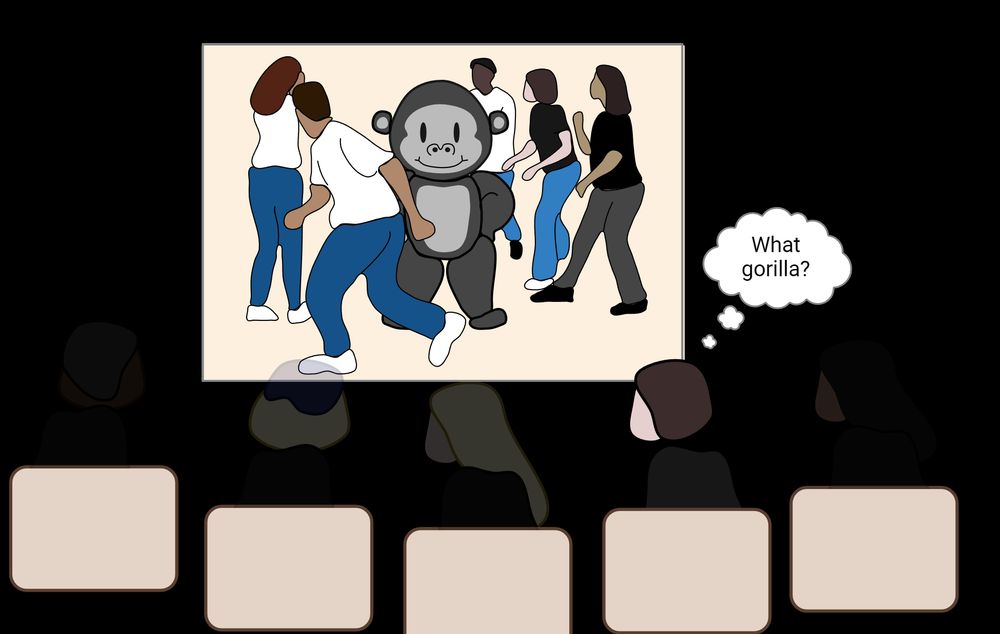
Cartoon of students in a lecture hall watching a video with a gorilla in the middle of a crowd. One student has a thought bubble that says "What gorilla?"
Spotlight: How do you miss a gorilla in the room? How do you decide to skip the big party so you can study for an exam? These seem like different questions but they are both tied to Attention & Executive function. Learn about it in Ch 19 from author Kevin Wilson!
tinyurl.com/itobnch19
11.06.2025 15:54 — 👍 3 🔁 2 💬 1 📌 0
YouTube video by OpenStax
Explaining calcium imaging (An OpenStax resource)
Calcium imaging. It kinda sounds like scifi to say you can see calcium. But it's real! Calcium imaging tools fluoresce when lots of calcium is around and watching these glowing waves can help tell us what brain cells are up to.
Check out this video by Jamie Jontes to see how!
youtu.be/xAmpopXWXuY
03.06.2025 16:14 — 👍 2 🔁 2 💬 0 📌 0
YouTube video by OpenStax
Meet the author: Dr. Amy Griffin (Introduction to Behavioral Neuroscience)
Bonus: meet Dr. Griffin and learn more about her research and some advice she has for young scientists!
youtu.be/6kDovvk52I8
30.05.2025 17:51 — 👍 3 🔁 1 💬 0 📌 0
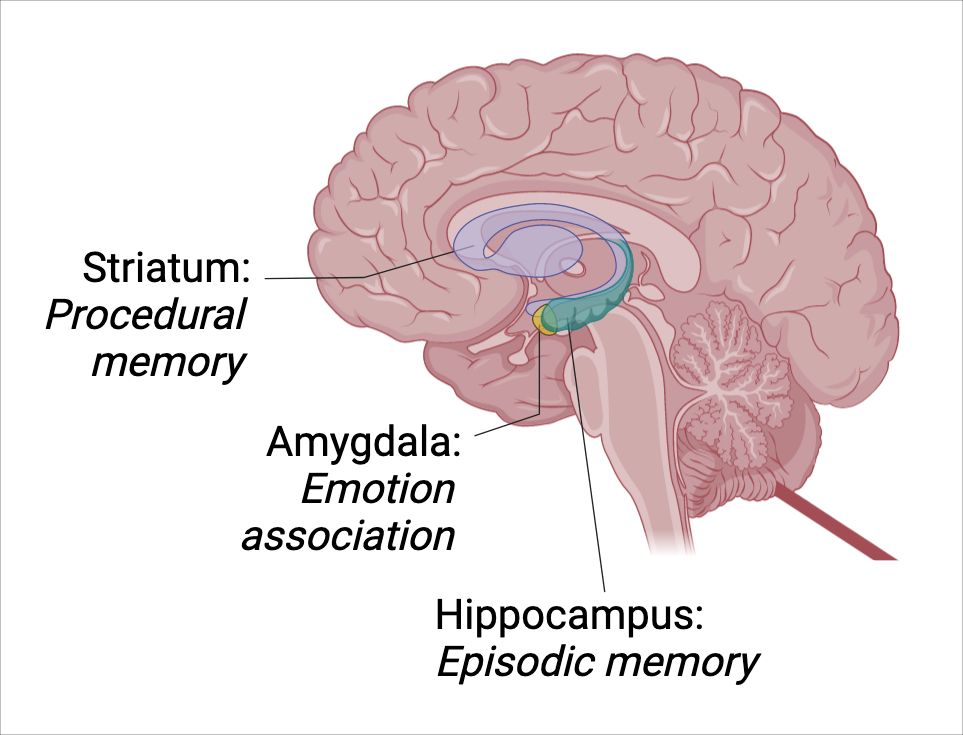
Diagram of a human brain showing the location of major systems associated with memory. Striatum in middle of brain: procedural memory. Amygdala in temporal lobe: emotion association. Hippocampus in temporal lobe: Episodic memory.
I can remember my preschool best friend's birthday but not where I parked my gosh darn car. What's up with that? Memory is weird. And cool! Learn more about it in Ch 18 Learning and Memory by Amy Griffin.
tinyurl.com/ItoBNch18
#Neuroscience
30.05.2025 17:51 — 👍 1 🔁 1 💬 1 📌 0
Bonus: check out our methods video appendix to help explain core neuroscience techniques and see them in action.
We've also got author interviews. You can learn about the authors of each chapter. Their science journey. Their golden nuggets of advice.
And yes, that's all completely free too!
30.05.2025 17:43 — 👍 0 🔁 0 💬 0 📌 0
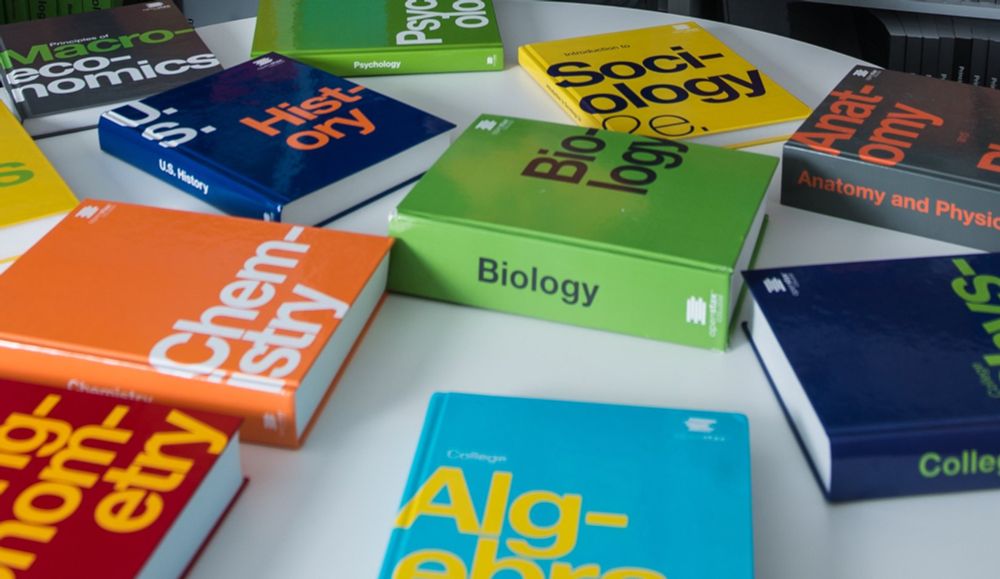
OpenStax | Free Textbooks Online with No Catch
OpenStax offers free college textbooks for all types of students, making education accessible & affordable for everyone. Browse our list of available subjects!
Looking for a textbook for your fall course in #Neuroscience? How about a free one? Intro to Behavioral Neuroscience is a completely free, online text perfect for many introductory, college-level neuroscience classes. Use one chapter or all 19.
openstax.org/details/book...
30.05.2025 17:43 — 👍 5 🔁 2 💬 1 📌 1
YouTube video by OpenStax
Meet the author: Dr. Staci Bilbo (Introduction to Behavioral Neuroscience)
Bonus: Hear from Dr. Bilbo herself in this Meet-the-Author video:
youtu.be/EeLwYdx8QIA
16.04.2025 13:35 — 👍 3 🔁 1 💬 0 📌 0

a group of people sitting in a theater with the words so hot right now written on the bottom
Alt: a group of people sitting in a theater with the words so hot right now written on the bottom
Spotlight: That Neuroimmunology, it's so hot right now. But how can you teach it to students who may not be ready to dive into a Nature paper? We've got you covered! Ch 17 by @sbilbo.bsky.social covers #neuroimmunology basics for entry level undergrads.
Free to anyone here: tinyurl.com/itobnch17
16.04.2025 13:35 — 👍 2 🔁 2 💬 1 📌 0
Hey, that's us! Read more here about our open access neuroscience textbook and what we have to offer for your courses.
05.03.2025 19:04 — 👍 4 🔁 3 💬 0 📌 0

Have you ever wondered how #OpenStax books are made? Anthony Palmiotto, our director of higher education, describes each step from author recruitment to review to publication: openstax.org/blog/how-ope...
18.02.2025 14:28 — 👍 0 🔁 1 💬 0 📌 0
YouTube video by OpenStax
Meet the author: Dr. Matt Carter (Introduction to Behavioral Neuroscience)
Bonus: Meet Dr. Carter and hear about his science journal in this meet-the-author video:
youtu.be/aDL4cCfr99g
17.02.2025 20:45 — 👍 3 🔁 2 💬 0 📌 0

Image of human torso with text “Homeostasis is the maintenance of a stable environment for factors necessary for survival” Icons to present balance in blood oxygen levels, body temperature, caloric intake and fluid intake are shown."
Spotlight: Balance is important. From the levels of oxygen in our blood to our caloric intake, maintaining a stable internal environment is critical for our survival. Learn more about this process of Homeostasis in Ch16 by Matt Carter. #neuroscience #homeostasis
tinyurl.com/itobnch16
17.02.2025 20:45 — 👍 2 🔁 1 💬 1 📌 0
Using this textbook for my Biological Psychology course this semester and can highly recommend. Open educational resources are the way to go!
12.02.2025 19:33 — 👍 7 🔁 2 💬 0 📌 0
YouTube video by OpenStax
Explaining Chemogenetics (An OpenStax resource)
Video 3(of 3) in our series on changing brain activity in animal models: #Chemogenetics.
This video by Corina Damian & Juan Song explains how small molecules coupled with genetically modified receptors can activate or inhibit neurons and thereby teach us about the brain!
youtu.be/LOIlPlfB8u8
12.02.2025 17:31 — 👍 3 🔁 2 💬 0 📌 0
YouTube video by OpenStax
Explaining optogenetics (An OpenStax resource)
Video 2 in our series on changing brain activity in animals models: Optogenetics!
This video by Belgin Yalcin explains how we can use light to activate or inhibit neurons and thereby learn about the brain and what it does!
youtu.be/5wlmO8TTjhE
10.02.2025 15:29 — 👍 5 🔁 1 💬 1 📌 0
Today we start a method series focusing on ways to change brain activity in animal models.
Let's start with neurotoxic lesions. Watch this video by Daniel McCallum to learn about how we use lesions of tiny bits of brain to figure out what behaviors different regions support.
youtu.be/EqQwjmsktbA
06.02.2025 14:05 — 👍 3 🔁 1 💬 1 📌 0
Reposting with the regular reminder that if you are a #neuroscience instructor, you likely have the power to choose what textbooks you use. Assigning open educational resources like this is one way we can make the way clear for students to succeed.
04.02.2025 20:08 — 👍 4 🔁 1 💬 0 📌 0
Bonus, meet the authors and hear how they got into science and why they think bio rhythms and sleep are so fascinating:
Dr. Mahoney: youtu.be/0MTDfSJ0Kn8
Dr. Mintz: youtu.be/1hRNIN2GUI4
04.02.2025 19:52 — 👍 0 🔁 0 💬 0 📌 0

Top is a diagram of a sagittal human brain with projections from the TMN (histamine), raphe nucleus (5HT), locus coeruleus (NE) in brainstem. Projections extend widely throughout the cortex. LDT/PPT (ACh) sends projections to the thalamus. Bottom shows a cartoon of a balance with VLPO/sleep on one side and TMN, Rn, LC and PPT/LDT with Wake on the other side. Sleep transitions are regulated by this 'flip flop switch'.
Spotlight: Are you sleeping well nowadays? Sleep is an integral part of our #circadianrhythm. Organisms that don't sleep also show biological rhythms, even bacteria! Learn more in Ch 15 Biological Rhythms & Sleep by @mahoneymeg.bsky.social & @docofclocks.bsky.social
tinyurl.com/itobnc15
04.02.2025 19:52 — 👍 2 🔁 1 💬 1 📌 1
YouTube video by OpenStax
Explaining transmission electron microscopy (An OpenStax resource)
Synaptic vesicles are ~40 nm wide. How do we even see something that small, much less measure it? Transmission electron microscopy! Learn more about TEM in this methods video by Samuel Kim and Louisa Dal Cengio. #electronmicroscopy #neuroscience
youtu.be/FtVvpRKGJsw
29.01.2025 21:35 — 👍 5 🔁 2 💬 0 📌 0
YouTube video by OpenStax
Meet the author: Dr. Shivon Robinson (Introduction to Behavioral Neuroscience)
Bonus: Meet Dr. Robinson and hear about her science journey and current research in this meet-the-author video:
youtu.be/ls_rJ3EuTRM
27.01.2025 14:57 — 👍 1 🔁 1 💬 0 📌 0
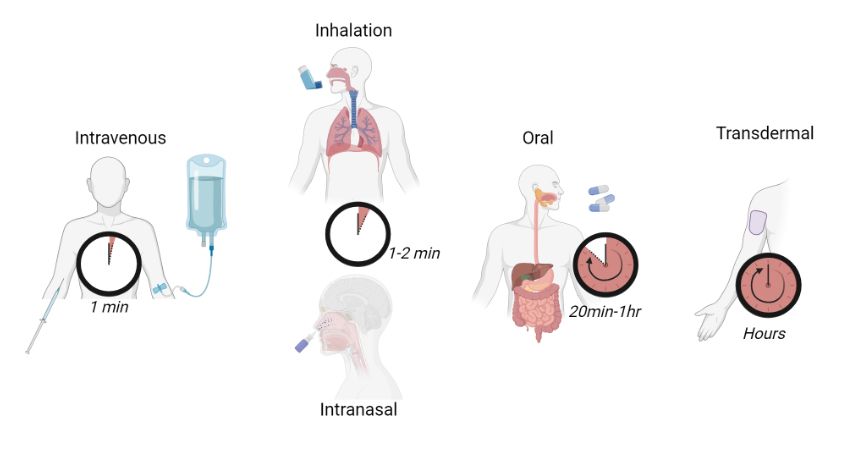
Cartoon representations of drugs being administered intravenously (1min), intranasally (1-2 min), via inhalation (1-2 min), orally (20min-1hr) and transdermal (hours)
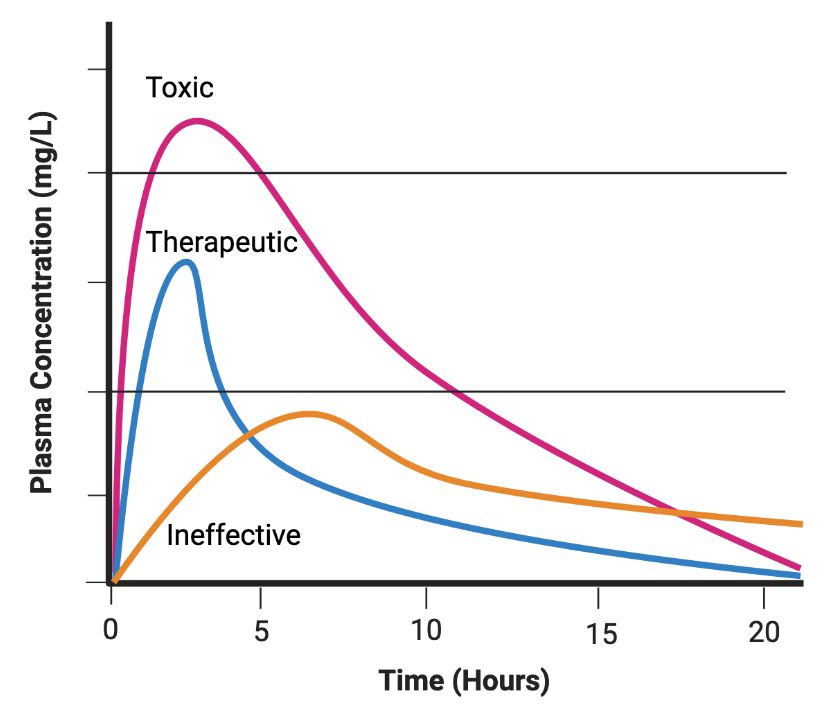
Graph of plasma concentration (ng/L, y axis) versus time (hours). 3 curves show the plasma concentration of a drug over time for low, middle and high dose, revealing different absorption rates. Only the middle curve shows plasma concentrations within the therapeutic range (above “ineffective”) without inducing toxic effects.
Spotlight: Drugs can powerfully change the brain. Sometimes this is a medical miracle, relieving pain or anxiety. But too much of any drug can be toxic and some drugs lead to addiction. Learn more in Ch14 Psychopharmacology by Dr. @shivonrobinson.bsky.social!
tinyurl.com/itobnch14
27.01.2025 14:55 — 👍 2 🔁 1 💬 1 📌 0
Neuroanatomy Online: An Open Access Electronic Laboratory for the Neurosciences | Department of Neurobiology and Anatomy - The University of Texas Medical School at Houston
We almost let the day slip away without posting about an open ed. resource in #Neuroscience. Almost! Check out this Neuroanatomy lab:
nba.uth.tmc.edu/neuroanatomy...
It's got oodles of illustrations and self-quizzes where you click on pictures of brains! Appears to be for undergrad-level neuro.
24.01.2025 22:54 — 👍 3 🔁 1 💬 0 📌 0
Co-Creating Ireland's Public Involvement in Open Research Roadmap
ENGAGED is building a national roadmap to shape public involvement in open research in Ireland. We believe that research can and does play an important role in tackling societal challenges.
Dedicated to helping neuroscientists stay current and build connections. Subscribe to receive the latest news and perspectives on neuroscience: www.thetransmitter.org/newsletters/
Author (Horror on the Brain) | Neuroscientist (UChicago, Northwestern) | Professor (DePaul)
Neuroscience educator at Michigan State. Likes: online education, inclusive pedagogy, Star Wars, Legos, knitting, video games. Dislikes: haters, running, most birds.
Foundations of Neuroscience OER: https://openbooks.lib.msu.edu/neuroscience/
We are on a mission to help all students have access to the amazing educational experiences they deserve! Proud to be the world's largest publisher of #OER and a provider of interactive learning technologies for high school and college.
Understanding life. Advancing health.
Neurobiologist and Assistant Professor at the University of Illinois Chicago studying sensory cells and neural circuits. #Neuroscience and #Olfaction.
https://www.zak-lab.org
Professor of Biology and Neuroscience
Neuroscientist studying the interaction of 💊 x 🧬 x🏡 on brain & behavior | Assistant Prof at Williams College| IRACDA, PennNGG, #ephalum | she/her
Associate Professor of the Practice @DukeU
Neuroscience | Undergraduate education | SoTL | Team-based learning | Photography
https://scholars.duke.edu/person/thomas.newpher
Brain-body scientist. Microglia, neurodevelopment, and fetal programming of adult disease. Prof at Duke U.
Student-led 501(c)(3) nonprofit dedicated to connecting, educating, and inspiring the next generation of neuroscientists.
Official account of the International Youth Neuroscience Association - youthneuro.org
Provost and Dean of the Faculty, Psychology Professor, Behavioral Neuroscientist
Views expressed are my own
Assistant Professor Department of Biological Sciences, NC State. Www.DuqueWilckenslab.com
A sensory neuroscientist, earthworm research advocate, and chemical senses enthusiast from Kean University. www.SaundersPhD.com/
Associate Director of the Silverstein Foundation for Parkinson's with GBA as well as Chair of the Patient Advisory Board to Rune Labs.

